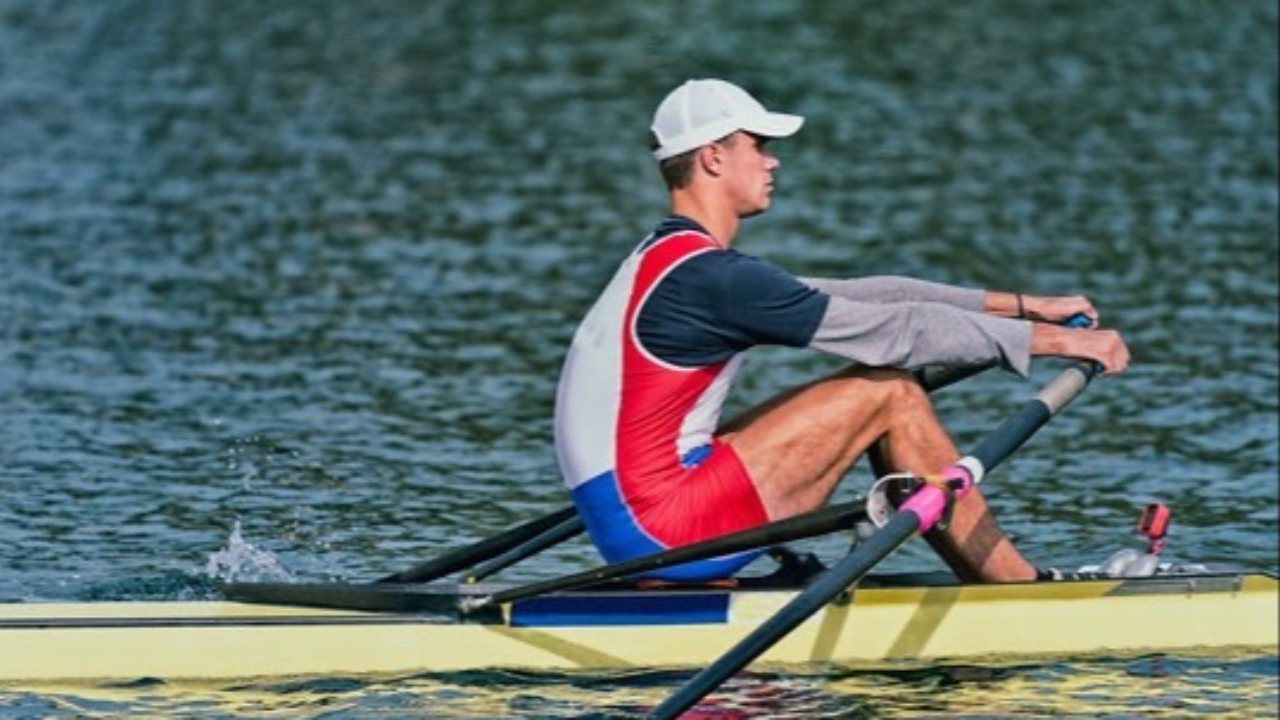Understanding Rowing Injuries: Why Every Rower Is Unique
Apr 01, 2025
Understanding Rowing Injuries: Why Every Rower Is Unique
Rowing is a demanding sport that requires power, endurance, and precision. However, it also places unique physical stresses on the body, making rowers susceptible to specific injuries. While many people assume that rowers develop injuries simply due to overuse or poor technique, the reality is far more complex. Every rower steps into the boat with a different physical background, and these pre-existing factors play a major role in how their body responds to the sport.
Individual Differences in Rowers
Imagine two high school students who both decide to join the rowing team. Despite starting on the same day, their bodies are not starting from the same place. One student may have spent the last few years sitting in class, studying, and playing video games. Their physical activity has been minimal. The other student might be coming off years of basketball, with a foundation of athletic movement, coordination, and strength. Although they are learning to row together, their previous experiences have already shaped their neuromuscular and skeletal systems in profoundly different ways.
The first student may struggle with limited mobility, poor core stability, and underdeveloped muscular endurance. Their movement patterns might be stiff or uncoordinated, making them more prone to back pain, rib stress fractures, or overuse injuries. Conversely, the basketball player might have better baseline strength and agility but could face different challenges. They will have biases of movement related to their previous sport, and these specific imbalances might make them more susceptible to shoulder or knee issues due to the repetitive rowing motion.
Common Rowing Injuries
Rowers frequently experience injuries due to the repetitive nature of the sport and the demands placed on their bodies. Some of the most common rowing-related injuries include:
- Low back pain: The repetitive flexion and extension of the spine, combined with poor core activation, can lead to strain on the lumbar region.
- Rib stress fractures: Common in rowers due to repetitive torque forces on the ribs and improper breathing mechanics.
- Knee pain: The compression forces during the drive phase can irritate the knee joint, especially in rowers with pre-existing muscular imbalances.
- Shoulder impingement: Improper blade entry, weak scapular stability, or overuse can lead to shoulder dysfunction.
Why a Tailored Approach Matters
No two rowers are the same. That's why a one-size-fits-all approach to injury prevention and rehab doesn't work. Rowers need individualized assessments that take into account their unique history, body structure, and movement patterns. As a former high school and collegiate rower, I understand the physical and mental demands of the sport firsthand. Now, as a Doctor of Physical Therapy, I combine my personal rowing experience with clinical expertise to help rowers unlock their full potential.
Through detailed assessments, I identify underlying weaknesses, movement inefficiencies, and asymmetries. Whether it’s addressing restricted hip mobility, correcting poor postural habits, or refining technique, my goal is to guide rowers toward building strength, preventing injury, and ultimately excelling in their sport.
Rowing is about more than just pulling harder—it’s about training smarter, moving efficiently, and staying healthy for the long haul.
Stay connected with news and updates!
Join our mailing list to receive the latest news and updates from our team.
Don't worry, your information will not be shared.
We hate SPAM. We will never sell your information, for any reason.

